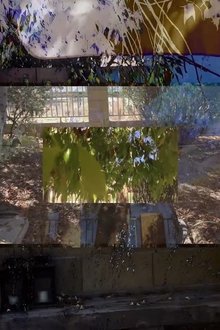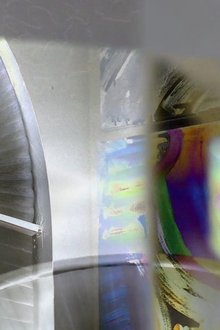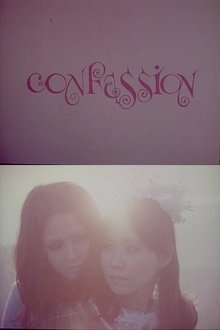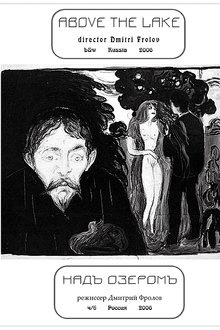Related Movies
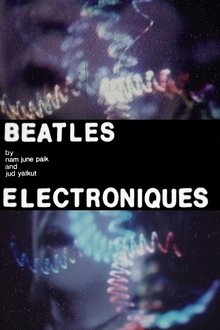
Beatles Electroniques (1969)
Part of a collection of restored early works by Nam June Paik, the haunting Beatles Electronique reveals Paik's engagement with manipulation of pop icons and electronic images. Snippets of footage from A Hard Day's Night are countered with Paik's early electronic processing.
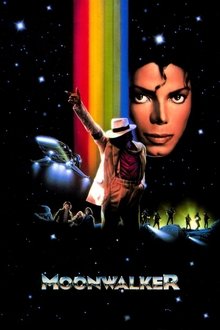
Moonwalker (1988)
This fantastical movie inspired by the music of Michael Jackson features imaginative interpretations of hit tracks from the iconic 1987 album “Bad”.
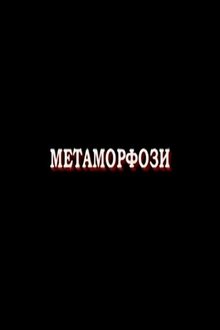
Metamorphoses (2007)
This is a time when we learn afresh that nothing lasts forever and that the variability is an integral part of everyday life. What is a river today does not mean that tomorrow will not become a sea. Life itself is one large metamorphosis, and the human being is its variable shape...
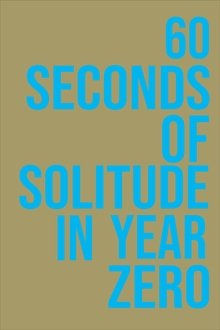
60 Seconds of Solitude in Year Zero (2011)
An anthology of one-minute films created by 51 international filmmakers on the theme of the death of cinema. Intended as an ode to 35mm, the film was screened one time only on a purpose-built 20x12 meter public cinema screen in the Port of Tallinn, Estonia, on 22 December 2011. A special projector was constructed for the event which allowed the actual filmstrip to be burnt at the same time as the film was shown.
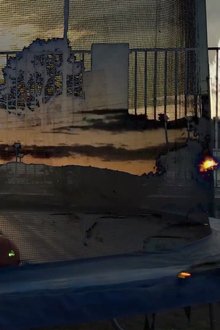
Hope This Goes Over Well/Living in an Empty World (2017)
I really hope this is well-received. I really hope there's some sort of reprieve.
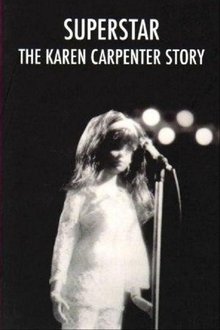
Superstar: The Karen Carpenter Story (1987)
The final 17 years of American singer and musician Karen Carpenter, performed almost entirely by modified Barbie dolls.
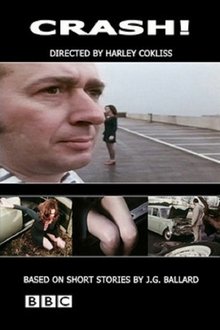
Crash! (1971)
Short film produced by the BBC about JG Ballard's Crash. “The film was a product of the most experimental, darkest phase of Ballard’s career. It was an era of psychological blowback from the sudden, shocking death of his wife in 1964, an era that had produced the cut-up ‘condensed novels’ of Atrocity plus a series of strange collages and ‘advertisers’ announcements. After Freud’s exploration within the psyche it is now the outer world of reality which must be quantified and eroticised. Later there were further literary experiments, concrete poems and ‘impressionistic’ film reviews, and an aborted multimedia theatrical play based around car crashes. After that came an actual gallery exhibition of crashed cars, replete with strippers and the drunken destruction of the ‘exhibits’ by an enraged audience.” (from: http://aaaaaaaaaaaaaaaaaaaargh.blogspot.de/2013/01/short-film-adaptation-of-jg-ballards.html)
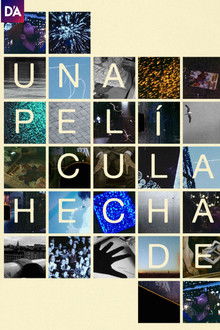
A Movie Made of (2019)
In Vigo, Spain, during Christmas, Ángel, a Spanish filmmaker, walks through the crowded streets while thinking about a possible movie made of…

No(thing) Staring Back (2017)
On the Clickity-clack Express it's clear I'm always under duress, unless I forget.
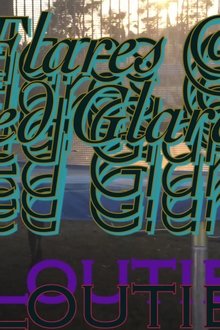
Firing Flares @ Unnoticed Glares (2017)
Shadows frighten what one oughtn't be gripping (that thing before/hind you).
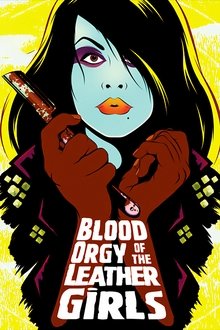
Blood Orgy of the Leather Girls (1988)
A gang of women wreak havoc in the city, killing various men who have treated women poorly. And sometimes they do it just for fun.

Grand Entrance to the World of the Dead (2017)
Radical recurrences & rancorous requests raze my daze.

Leafing You Behind (2017)
Abandoning the Abaddon-loathed abandoner opens plenty of reclaimed... everything(s).
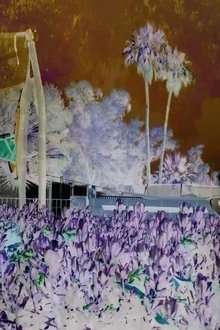
Revisited Remunerations Rapturously Collapse When Recompensed (2017)
Your raging romp results only in rescinded regret @ the hands of radder cadets.

